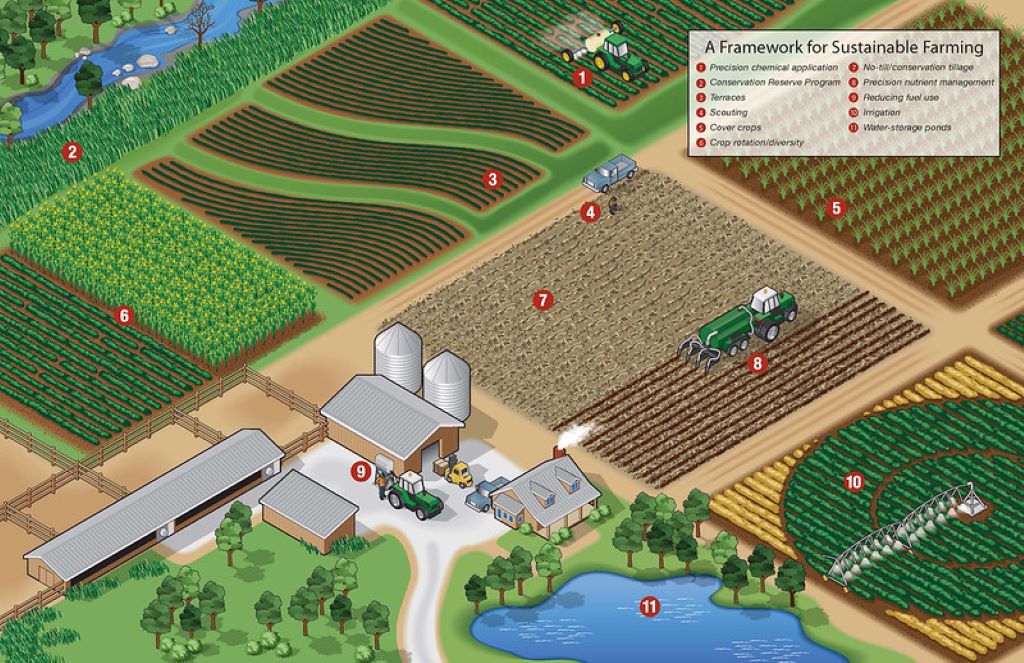To determine the perfect size for a farm building, consider your specific agricultural needs and future scalability. Assess your current operations and anticipated growth to ensure adequate space. Determining the right size for your farm building is critical for operational efficiency and long-term sustainability. Tailoring the dimensions to your agricultural requirements involves analyzing livestock housing, equipment storage, processing areas, and potential expansion plans. A well-sized farm structure enhances productivity, accommodates all necessary functions, and can adapt to your farm’s evolving demands.
It’s essential to strike a balance between ample room for immediate operations and the flexibility to adjust as your business grows. This foresight prevents costly renovations or additional construction in the future. Engage with a design that not only meets today’s needs but also embraces tomorrow’s opportunities.
Sizing Up Essentials
Before constructing your farm building, identify its main use. The function greatly influences size. For storage, calculate space for machinery and future purchases. Livestock facilities require room for animals and daily operations. Consider expansion chances; extra space can save on future costs.
Local climate shapes farm building dimensions too. Heavy snow regions need strong roofs to bear the weight. A table format can clarify this:
| Climate Factor | Building Feature |
|---|---|
| Heavy Snow | Pitched roof for snow runoff |
| High Winds | Reinforced structures |
| Frequent Rains | Efficient drainage systems |
Engage a local architect familiar with your area’s weather. This ensures your building stands the test of time.
Blueprints And Planning
Understanding zoning laws and regulations is crucial before designing a farm building. Local authorities provide guidelines which dictate the possible size and placement of structures. Always obtain the correct permits and stay informed on local codes to ensure compliance.
Consulting with experienced architects is equally important. These professionals will help translate your needs into a feasible design. They consider factors like usage, location, and environment. Their expertise ensures your building is both functional and compliant with regulations. A well-thought-out blueprint lays the foundation for a successful construction project.
Material Matters
Choosing the right material for your farm building is crucial. Wood structures offer a traditional look and are often less expensive upfront. They can blend well with natural surroundings. Yet, wood requires more maintenance over time due to possible decay or termite damage.
Metal structures, on the other hand, boast durability and lower maintenance needs. They withstand harsh weather and resist fire better than wood. But, they might be costlier initially. Also, metal can be less energy-efficient unless properly insulated.
| Material | Pros | Cons |
|---|---|---|
| Wood | Cost-effective, natural look | More upkeep, decay risk |
| Metal | Long-lasting, less maintenance | Higher initial cost, may need insulation |
Think about the long-term impact on both your finances and the environment. Sustainable building materials can save money in the long run. These materials also help protect our planet. Make a wise choice for a better future.
Internal Layout
Maximizing space efficiency requires a smart internal layout. Large farm buildings can waste space. A clear floor plan makes sure every inch is used well. Consider aisles and storage areas. They should let you move around easily.
Modular designs help change spaces as needs grow. Use movable walls or shelves. This lets you reshape rooms and storage with no trouble. Spaces can grow or shrink based on what you do on the farm.
Cost Assessment
Determining the perfect size for your farm building links closely to effective budgeting. Your initial costs will lay the foundation of your project’s affordability. Creating a detailed budget supports successful construction planning. This budget must cover materials, labor, tools, and permits.
Considering long-term savings should shape this budget. Opt for materials that promise durability and lower maintenance costs. Think about energy efficiency, which can reduce bills over time. Use insulation and renewable energy sources to maximize return on investment. Smart sizing can avoid excessive space, saving on heating and construction costs.
Future-proofing
Choosing the right size for your farm building is crucial. Think about future needs before you build. Make sure your farm building can grow with your operations.
Consider easy-to-extend designs. This way, expansion is simpler. Use materials that allow for easy modification. Plan for extra doors or removable walls.
Design with flexible interior spaces. Your needs might change. You’ll want a versatile building.
Think about utility hookups for future sections. They should be easy to extend too. Always keep expansion in mind. Your farm’s success may depend on it.
Technology Integration
Embracing smart farming adaptations is essential for modern agriculture. Advanced technology helps to monitor crop health and soil conditions. These tools ensure that your farm building supports cutting-edge agricultural practices.
Energy efficiency tech is key to a sustainable operation. Installations like solar panels and energy-efficient lighting can reduce costs. They also decrease the carbon footprint of your farm building. Consider space for these technologies when determining your farm building’s size.
Construction Timeline
Construction timeline is key for your farm building project. Three main phases make up the development: planning, execution, and finishing. Planning starts with sizing and permits and can take weeks to months. Execution sees the actual building and may span several months. Finishing includes insulation, electrical work, and painting, wrapping up the project.
Delays can arise due to weather, material shortages, or labor issues. To manage, maintain a flexible approach and plan for extra time. Clear communication with your contractor helps manage expectations and minimize disruptions. Realistic timelines keep your project on track despite setbacks.
Related: How to Create a Green Garden: Tips and Tricks
Safety And Accessibility
Ensuring the safety of farm buildings is critical for everyone. Perfect building sizes meet specific safety standards. Farmers must follow these carefully. Different uses require different designs. Buildings for machinery differ from livestock shelters.
Accessible routes are vital for safe movement. Doors and pathways must suit farm vehicles. It is important to keep them clear at all times. Regular checks help maintain safety levels. Planning for diverse use cases promotes efficient farming operations. These considerations assist in sizing your farm building appropriately.
Maintenance And Upkeep
Maintenance and upkeep are crucial for any farm building. Regular cleaning and inspections should be part of routine care strategies. Use a checklist to remember all maintenance tasks. Ensure that tools and equipment used for upkeep are always ready and accessible. This makes the process efficient and trouble-free.
For handling repairs and renovations, establish a system to detect issues early. Keep a record of all repairs and the condition of the building. Schedule fixes before problems grow, saving time and money. Find skilled professionals who understand farm buildings for complex renovations. This approach extends your building’s lifespan and ensures it meets your farm’s evolving needs.
Frequently Asked Questions Of Sizing Up Your Farm Building: How To Determine The Perfect Size
What Is The Most Profitable Farm Size?
The most profitable farm size varies due to factors like crop choice, location, and market access. Generally, mid-sized farms achieve optimal profitability by balancing economies of scale with management efficiency.
What Is A Good Size For A Farm?
The ideal farm size depends on the agricultural goals, crop types, and geographic location. Generally, small-scale farms range from 1 to 10 acres, while larger operations may extend over hundreds of acres.
What Size Farm Shop Should I Build?
The ideal size for a farm shop depends on your specific needs and machinery size, but starting at 2,000 square feet is common practice. Adjust dimensions based on your operational requirements and future expansion plans.
How Big Should A Tractor Barn Be?
The size of a tractor barn varies, but a standard size is about 30 feet by 40 feet, offering ample space for storage and maintenance. Adjust dimensions based on your specific equipment needs.
Conclusion
Selecting the right dimensions for your farm building is crucial. Ensure it meets both current needs and future growth. Remember, balance functionality with cost-efficiency. For personalized advice, consult a construction expert. Size wisely for a farm structure that truly serves your agricultural vision.







